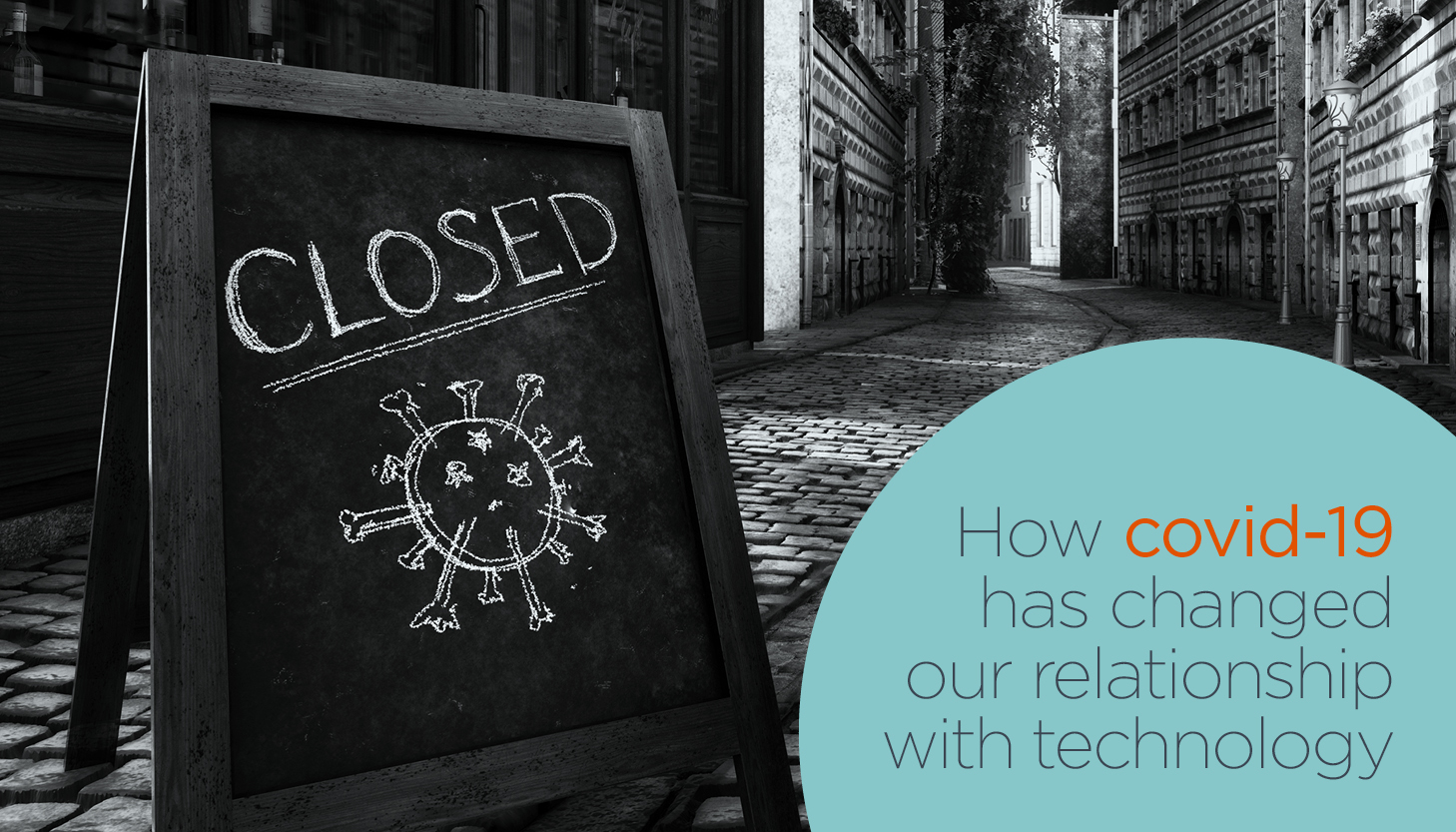The COVID pandemic will go down in history as one of the biggest disruptors of the world. Between the time we first heard about it and now, we’ve seen a complete turnaround in every aspect of our lives including how we conduct our businesses.
Among the biggest impacts of COVID is that it has moved technology closer to people. Marketing teams across several industries were also excited about the new marketing trends and innovations.
To determine the extent of this impact, we’ll take a look at a few industries and how they adjusted to technological changes during COVID. We’ll also look at its impact on marketing. Hopefully, we’ll be able to see new possibilities in the world of marketing and how we can tap into them.
Retail
The online retail industry was, no doubt, a big winner during COVID. For most parts of the world, the pandemic pushed online retail shopping to an all-time high and also triggered changes in online shopping behaviours.
For example, about 43% of global consumers are now interested in shopping for clothing online using Virtual Reality and Augmented Reality technologies. The United Nations Conference for Trade and Development (UNCTAD) also said that global eCommerce made up 19% of retail sales in 2020 with a value of $26.7 trillion. That’s unprecedented in the history of eCommerce and retail shopping.
Customer Service
Restrictions in movement and social distancing meant that customers are no longer able to access physical spaces to connect with businesses when they need help as easily. But conversational artificial intelligence (AI) and cloud-based call centres came to the rescue.
Customer centres can now provide virtual support and stay connected to their customers with the help of video sharing apps and chatbots. As you’d expect, the switch to technology-assisted customer service did not only improve customer care generally, but it also reduced the cost of customer service, and that’s a win-win situation.
Entertainment
The pandemic dealt a heavy blow to the entertainment industry. Things became tense as the world moved in and out of lockdown. Filmmakers couldn’t shoot new films, live performances no longer took place, cinemas didn’t open, and only a few sports teams were lucky enough to play to empty stadiums.
But people found a silver lining in virtual technology. Streaming platforms became the go-to sources for entertainment, artists held virtual concerts, celebrities connected with their followers via live videos, and sports lovers turned to e-sport & online gaming.
Health
One of the biggest changes that COVID-19 made to the health industry is that it pushed health services online. To contain the risk of infection through public health care facilities, health practitioners had to adapt and switch to video telehealth wherever possible.
Patients were also receptive to remote health monitoring. According to an American report, more than half of consumers said they were more willing to try telehealth services due to the COVID-19 pandemic. This leverage meant that healthcare became substantially more accessible, allowing people to talk to their healthcare professionals from anywhere.
Education
Another silver lining was the remarkable rapid expansion in remote learning opportunities. Individuals who had been yearning to get new skills now had the opportunity to do so. This was partly thanks to the courses being online, and partly thanks to working from home freeing up more time in the day. Another reason was that a host of online learning platforms gave free access to their premium courses or provided discounts as a way of helping people bridge the skills gap.
On the flip side of the same coin, educational institutions relied on learning management systems to deliver lessons to students and grade their assignments. Students also depended on chat and video messaging for group interaction and assignments. The beauty of it all is the sustainability of this technology. It’s evident that schools will be able to continue to use it even after the pandemic subsides.
What Does This Mean for Marketing?
Technology has always played a critical role in the evolution of marketing. It’s the driving force behind modern marketing practices because it reveals patterns about consumer behaviours that you can use to create customised marketing experiences as well as future marketing projections.
A 2021 Bannerflow report revealed that businesses struggling the most with creative marketing cited the lack of technology as their main challenge. Thankfully, COVID birthed new technologies and strengthened existing ones. It also provided fresh sources of big data that marketers can use to create data-driven and personalised marketing campaigns.
It remains to see how each industry will use the available data. But one thing is sure; marketing will go through another phase in its evolution and this time, consumers will be the winners.
Want expert guidance on adjusting your marketing to the new normal? Get in touch today.

